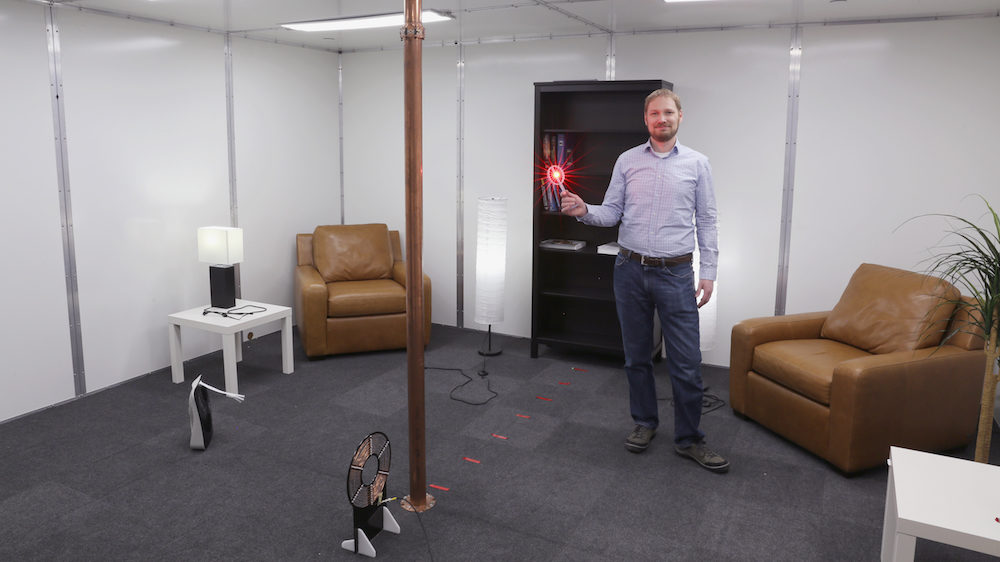A team of researchers has developed a technologist for wireless charge of smartphone, tablets and laptops in a room with aluminum panels.
Is there any worse situation than when the smartphone runs out of power? The “Battery Low” notification is the nightmare of many, especially those who use the phone for work or like to share every moment of life on social networks. There are powerbanks of all shapes, sizes and colors on the market, but these devices in turn need to be charged. To solve the problem once and for all, a team of engineers has developed an innovative technology for wireless charging of smartphones, tablets and laptops. The project – funded by Disney Research and presented in the scientific journal Plos – is called Quasistatic Cavity Resonance (QSCR) and exploits the properties of low frequency magnetic fields. The researchers have developed a system that allows smartphones to be recharged quickly and easily: just enter a special wired room. The devices start the charging process autonomously, absorbing the necessary amount of energy present in the environment.
QSCR: the wireless charging room for smartphone
The researchers designed a special environment for wireless charging of smartphones, tablets and laptops. The walls, ceiling and floor are covered with aluminium panels while in the middle of the room there are 15 capacitors with copper cylinders inside that provide a constant resonance frequency of 1.32 MHz. This energy allows the wireless recharging of all the devices in the room: just connect them to special receiver coils and you’re done. During recharging, the devices can be used normally and you can move around the entire perimeter of the room without the risk of power outages or drops. The low frequency of magnetic fields prevents the devices from overheating and has no harmful effects on the health of the body. The designers ensure that QSRC technology can be used for the construction of public booths or smart-buildings but also (and above all) to modernize existing structures: will it really be like this?
